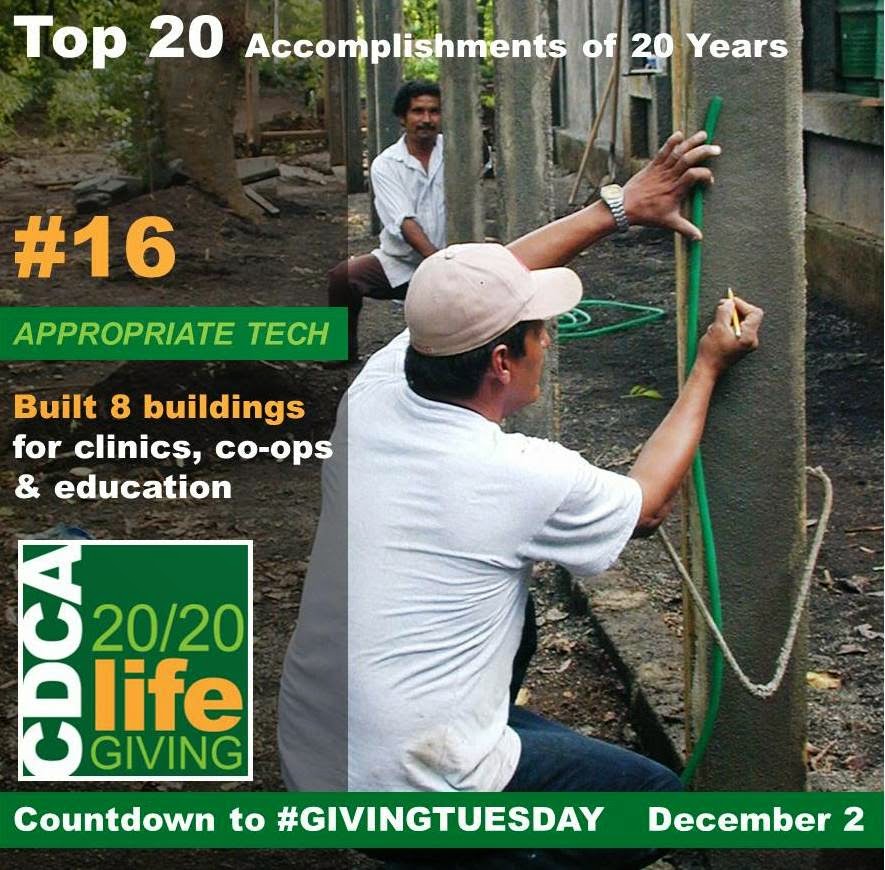 When we moved here in 1994, the little finca (piece of land), had one house and a pool… yes, a pool. This property had been part of the dictator Somoza’s sister’s many land holdings… thus, we have the pool!
When we moved here in 1994, the little finca (piece of land), had one house and a pool… yes, a pool. This property had been part of the dictator Somoza’s sister’s many land holdings… thus, we have the pool!
On one side of us was an empty pasture field with power lines. Before we bought both plots we rented them from a disintegrating dairy cooperative.
 The house had been gutted because it had been vacant for 4 years and the cooperative had taken parts of the house as they needed them… kind of using it as a local hardware store. Over the years we fixed up the house to make it livable.
The house had been gutted because it had been vacant for 4 years and the cooperative had taken parts of the house as they needed them… kind of using it as a local hardware store. Over the years we fixed up the house to make it livable. For the first 7 years, the house was the hub of the CDCA as well as our home. It served as the office, the storage area, the area for loading and weighing of sesame, the place where volunteers and delegations stayed, as well as our home. We always had people coming and going. In 1999, we added a long room to the house when the first Bucknell University delegation of 36 people came to stay in our house… boy! THAT was crowded!

Volunteers who return every 3-5 years are amazed at how things have changed over the years… and construction is one of those changes. Buildings go up to meet various needs for more space here on our finca, next door in the empty pasture which is now an Industrial Park (IP) for co-ops, and in Nueva Vida (NV), the barrio settled with flood victims after Hurricane Mitch hit Nicaragua in 1998.

Volunteer architects and engineers helped us make the buildings as safe as possible for earthquakes and to allow air to flow naturally for help with the heat in this tropical area. We have used building materials made by businesses we have started… including strong prefab concrete panels and concrete block made of pumice stone to be lighter. All of the buildings are constructed with volunteer labor, mostly Nicaraguan, and the 3-man crew headed up by Rogelio, our construction genius.
 I am going to list the buildings in order of construction. When you read the list please realize that:
I am going to list the buildings in order of construction. When you read the list please realize that:1. These buildings were made by mixing concrete by hand or later with a small mixer,
2. Volunteers lifted and placed the heavy concrete posts and panels without machinery,
3. All the rebar reinforcement for the integrity of the construction was tied together by hand
4. All the blocks, panels, and posts were made by hand.
What buildings and how big are they?
• A sewing plant for a women’s sewing cooperative (IP)… 5,166.7 ft²
• An open area storage, bio-diesel, etc area (IP)… 2,583.3 ft²
• An office building and receiving area… 1,033.3 ft²
• The first clinic building (NV)… 2,238.9 ft²
• The 2- story International Educational Facility (volunteers stay and classes are held there)… 3,401.4²
• A ginning and baling cotton building (IP)… 4,197.9²
• The second clinic building (NV)… 2,238.9²
• A building that was to be a spinning plant* and may be again, but right now is a storage area for cotton (IP)… 13,950 ft²
Wow!
Future Project:
• A third clinic building to provide ample space for health trainings, an x-ray room, women’s health, a clean room for minor surgery, and exam rooms for volunteer medical personnel… awaiting funding.
 *The spinning plant was never realized because the equipment broker who received $150,000 from us never honored his agreement to provide spinning equipment.
*The spinning plant was never realized because the equipment broker who received $150,000 from us never honored his agreement to provide spinning equipment.20 years/20 dollars: help us keep doing more by giving $20.
- Kathleen
Counting down to #GivingTuesday on December 2nd, we’re highlighting the CDCA’s accomplishments over our 20 years in Nicaragua. Follow our countdown in this blog, on Facebook and Twitter. Help us keep doing more by giving $20. Our goal is to raise $20,000.